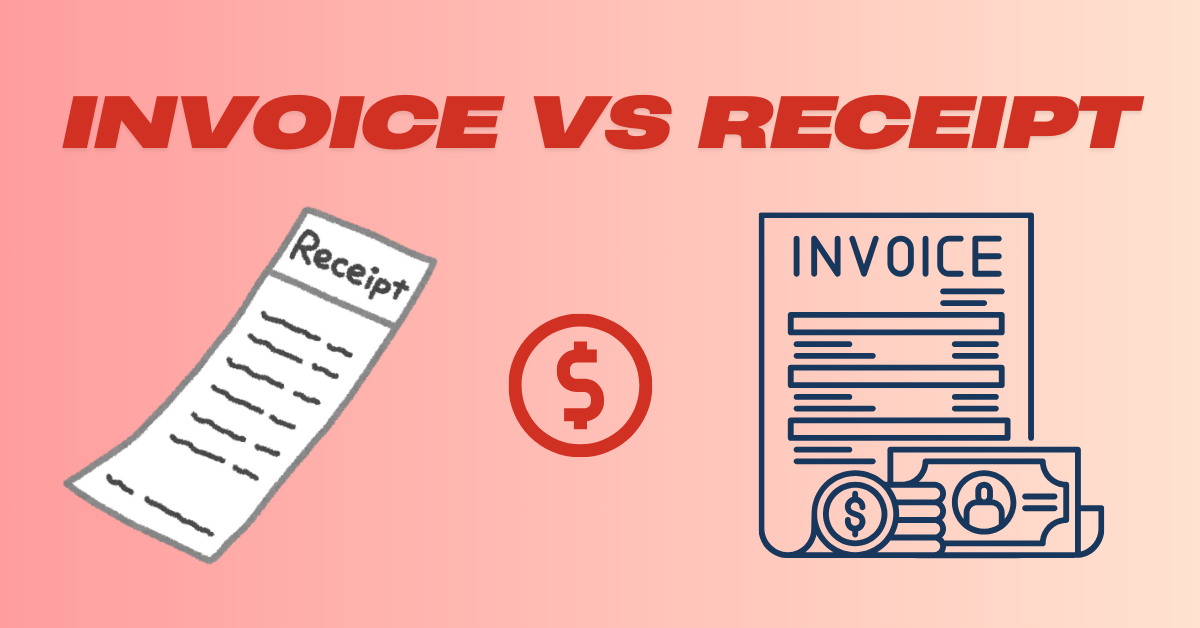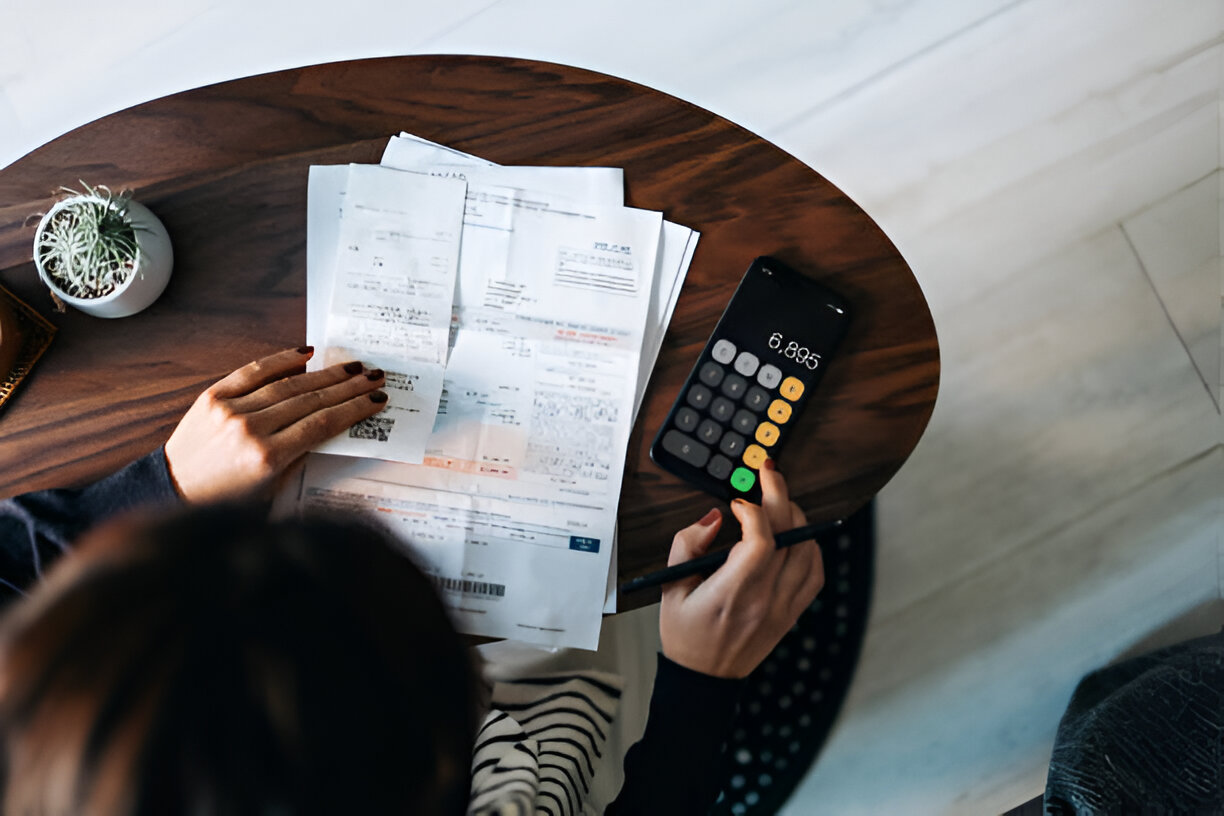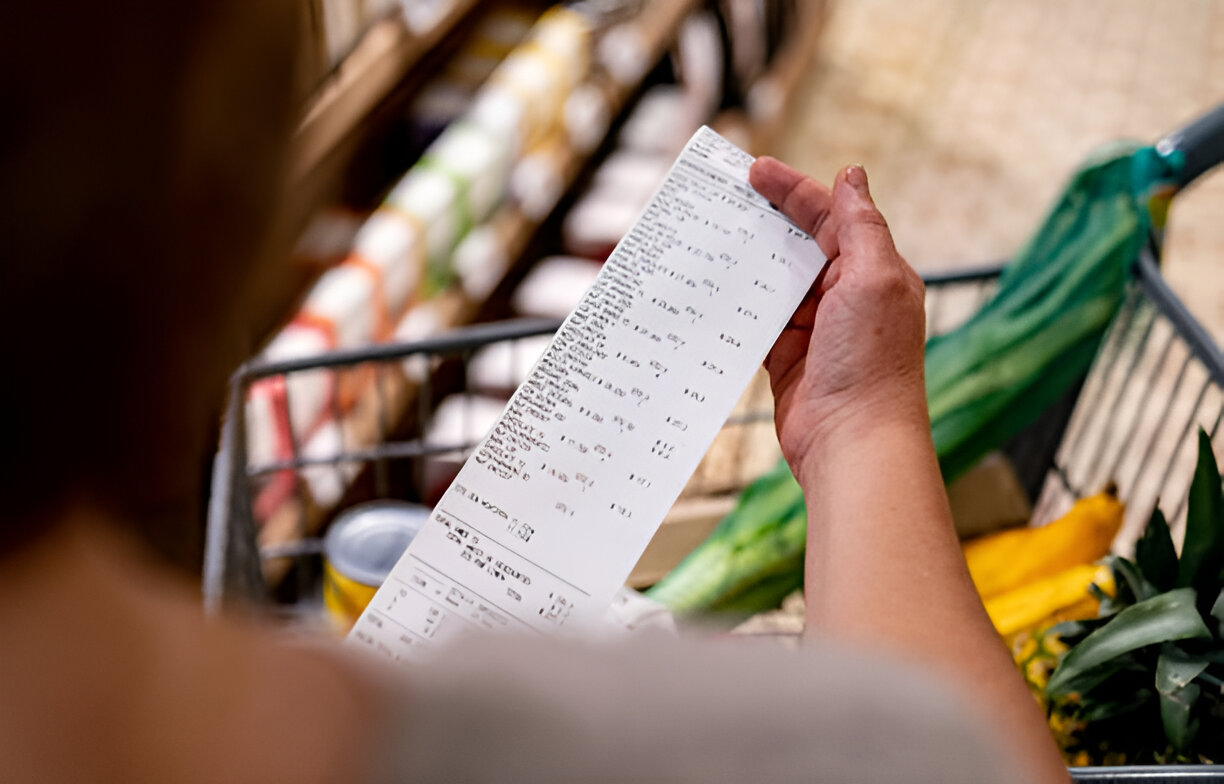
Introduction
When managing a business, proper documentation of transactions is essential. Two commonly used documents in financial transactions are invoices and receipts. While both serve an important role in the payment process, they have distinct purposes.
This guide will explain the key differences between invoices and receipts, their functions, and why they are crucial for businesses in Malaysia.
What is an Invoice?

An invoice is a document sent by a seller to a buyer requesting payment for goods or services. It serves as a formal request for payment and includes essential details such as:
- Invoice number (for tracking)
- Seller and buyer information
- Description of goods or services
- Total amount due
- Payment terms (due date, payment methods, )
- Tax details (such as SST in Malaysia)
Purpose of an Invoice:
- Acts as a billing document for a
- Helps track accounts receivable.
- Used for tax reporting.
- Essential for business accounting and bookkeeping.
Types of Invoices:
- Proforma Invoice – A preliminary invoice sent before goods/services are
- Commercial Invoice – Used for international trade, including customs
- Tax Invoice – Required in Malaysia for SST-registered
- Credit Invoice – Issued when a refund or discount is
- Recurring Invoice – Used for subscription-based or ongoing
What is a Receipt?

A receipt is proof of payment issued by a seller to a buyer once the payment has been made. It confirms that a transaction has been completed and typically includes:
- Receipt number
- Date of payment
- Amount paid
- Payment method (cash, credit card, bank transfer, )
- Details of the purchased items or services
- Seller’s business details
Purpose of a Receipt:
- Acts as proof of payment.
- Used by businesses for financial record-keeping.
- Helps customers with returns, refunds, or exchanges.
- Essential for tax filing and audits.
Invoice vs Receipt: Key Differences
Here’s a quick comparison to highlight the main differences:
| Feature | Invoice | Receipt |
| Purpose | Request for payment | Proof of payment |
| Issued By | Seller | Seller |
| Issued To | Buyer | Buyer |
| When Issued | Before payment | After payment |
| Includes Payment Details | No (only due amount) | Yes (amount paid, method) |
| Legal Requirement | Yes (for tax compliance) | No, but recommended |
| Used for Tax Filing | Yes | Yes |
Why Are Both Important for Businesses?
Both invoices and receipts play a crucial role in business operations, particularly for accounting, taxation, and financial management.
- Invoices ensure businesses track sales and collect payments on
- Receipts help customers and businesses keep records of completed
- Both documents are necessary for tax compliance in Malaysia, especially for SST- registered businesses.
Common Questions About Invoices and Receipts
1. Is an invoice the same as a bill?
- No, an invoice is a request for payment, while a bill is what a customer receives when making a payment immediately (e.g., at a restaurant).
2. Can a receipt replace an invoice?
- No, a receipt confirms payment, while an invoice is a request for
3. Do I need to keep both invoices and receipts for my business?
- Yes, maintaining both documents is essential for accounting, auditing, and tax purposes.
4. What happens if I lose an invoice or receipt?
- Businesses should have digital copies or backups of both invoices and receipts to avoid financial discrepancies.
5. Can an invoice include tax details in Malaysia?
- Yes, a tax invoice must include SST details if the seller is a registered
Conclusion
Understanding the difference between an invoice and a receipt is crucial for both businesses and consumers. An invoice is issued before payment as a request, while a receipt is given after payment as proof. Keeping accurate records of both is essential for tax compliance, financial management, and auditing in Malaysia.
For businesses looking for efficient invoicing and receipt management, visit million.my for automated accounting solutions tailored to Malaysian businesses.







